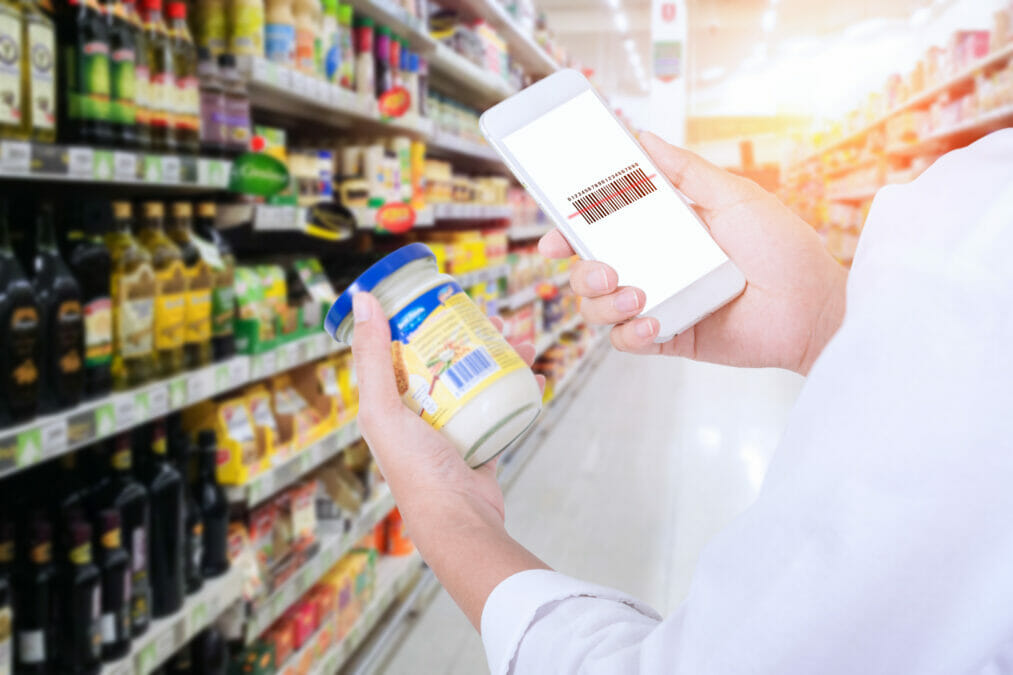Till-less stores present a model that could flip high street retail on its head. Amazon Fresh has been an early pioneer of this model, where customers can just ‘walk out’ with their purchases and will automatically be billed when they leave the store. For consumers, till-less indulges mission-based shopping – you can get in and out swiftly and avoid the browsing and queuing if you stick to your shopping list. At the same time, you are getting out of the house. It’s experiential, bridging the gap between social activity and digital convenience.
However, this is a very different kind of shopping experience to what we perhaps crave after a year in lockdown. Designed as a quick trip, there’s much less of a social aspect for one, and for retailers, the store becomes far less of a marketable experience. The need for speed and efficiency trumps impulse buys and offers fewer opportunities to build relationships with customers at the sales level.
So, how likely is it to take off in the UK? Does it reflect the direction consumer behaviour is headed? And is it a model which can save the high street in the long run?
The biggest trends in digital ethics
Keeping up with the times
There will always be a place for sales associates and the traditional in-store shopping experience. We’re social animals and, while social distancing is currently the norm, we still enjoy socialising, discussing our options and purchases. Yet, till-less shopping seems like a natural progression of the consumer behaviour we’ve been seeing for years now. Even with shops reopening, many aren’t rushing back to the shops, and 57% of consumers now say they prefer shopping online.
Till-less will be important for the future of retail, but its impact won’t be the same in every sector or market. It’s no 1:1 replacement for a social shopping experience, and it’s unlikely to have much penetration into categories where a great deal of the value comes from the advice or service of the sales associate. This includes beauty, electronics, pets and furniture. Despite the wealth of information available to shoppers online, there’s an irreplaceable comfort in being able to ask a brand representative about a product – especially when it concerns a beloved pet or your skincare routine!
Instead, the till-less model seems to fit most comfortably into categories where customers rarely need advice, such as grocery shopping and personal care. Supermarkets and convenience stores will likely be the most popular home for till-less solutions. However, as consumers become more comfortable with this model, we can expect it to expand into new and other categories. Till-less has great potential in categories where consumers ultimately do the bulk of their own research, don’t like being upsold to, and have a firm idea of their preferences, like apparel, accessories and even automotive.
The till-less model will thrive on a high street that needs to adapt to changing consumer tastes. Even without the need for social distancing, speed and convenience have been looming large as consumer priorities for years. Yet till-less will still co-exist alongside stores that offer a more traditional, social shopping experience. There’s absolutely room for both on the high street.
E-commerce founders highlight the main pain points of running a fast growth business
Fewer tills, more data
In certain contexts, a till-less shopping experience can contribute to more seamless, efficient and satisfying customer experiences. But, in severing the link between the customer and sales associate, will till-less coffee shops and grocery stores lose an important opportunity for direct customer feedback?
On the contrary, when done correctly, till-less retail actually contributes to a richer shopping experience. This is because the model begins and ends with customer data – first when they enter the store, and finally when they leave the store with their purchases. Whole new fields of customer insight and analytics can be opened up. It’s no longer a matter of just knowing what a customer has bought, but also how long they spent in the store and browsing what aisles.
For retailers, data collection is easily justified to shoppers. When till-less commerce is mediated through a store app, there’s no need to beg for consumer information since it’s already registered within the app. This has plenty of demand forecasting-related benefits, such as cleaner tracking of purchase patterns, readily available consumer data, and the ability to leverage this information to keep inventory lean.
Ultimately, it’s the retailers that integrate till-less commerce into the wider omnichannel experience – rather than seeing till-less as an end in itself – which will see the greatest success. Considering that the retailer’s app is the foundation for the model, these stores can quite easily be incorporated. For example, orders could be placed through the same app in advance and retrieved without later having to register the purchase after in-store pick up. Inversely, purchases could be quickly made in these stores but delivered at a later time if the shopper prefers not to carry items home in the moment.
One step forward, while looking back
The rise of till-less seems inevitable, and it’s likely to have a profound impact on the retail landscape in terms of customer convenience. However, it’s not going to upend traditional shopping experiences. Both models – analogue and till-less – can co-exist on the high street. They will serve different needs and for different categories of retail. What’s important is that both are integrated with an omnichannel model, that starts online and ends with the customer visiting the physical storefront. A smart, responsive and convenient experience is what will keep customers coming back to the high street.








